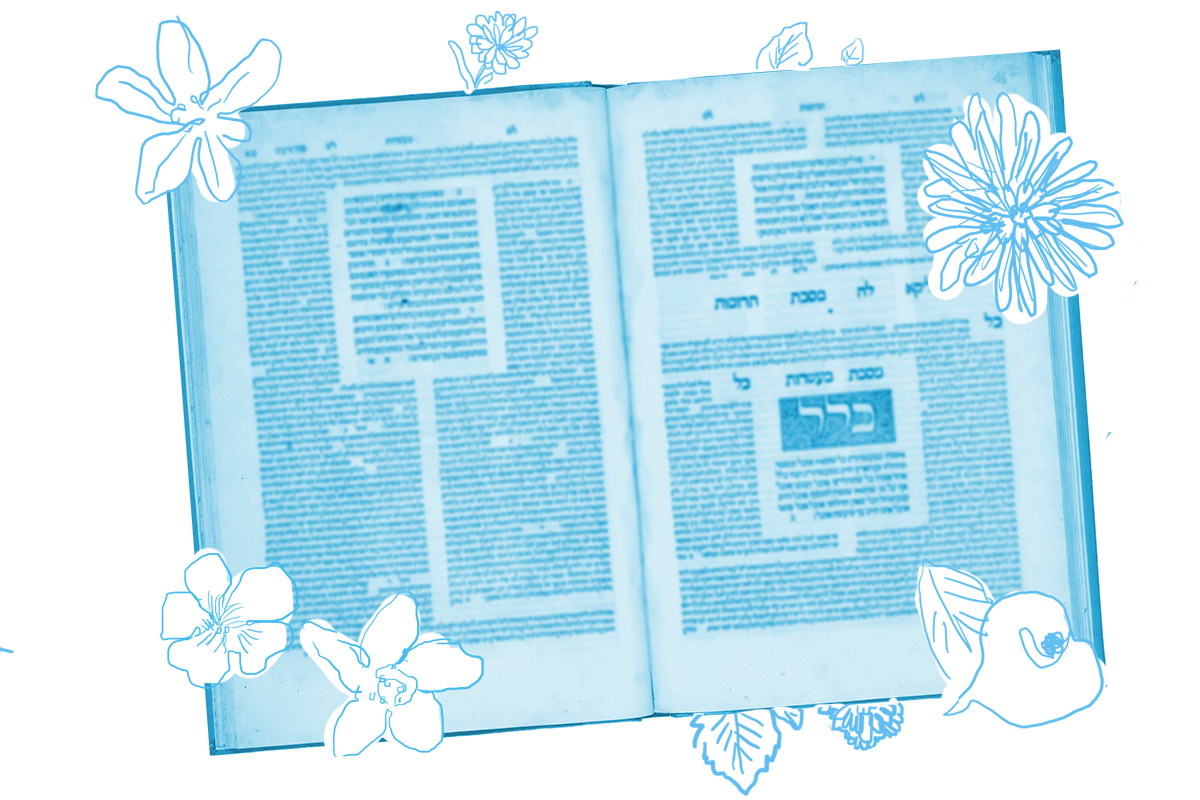On yesterday’s daf, we read an extended series of teachings attributed to Ulla. The last addresses what kinds of property a creditor can collect from a debtor who can’t pay him back.
And Ulla says that Rabbi Elazar says: The halakhah is that one can collect from slaves.
In a world in which enslaved people are legally treated like property, they can be used to collect on a debt.
After Ulla shares this teaching, Rav Nahman pops up with a challenge. We’ve actually read another fraught interaction between these two rabbis on Berakhot 51. So we know that these are two men with an awkward and tense relationship.
With your help, My Jewish Learning can provide endless opportunities for learning, connection and discovery.
Rav Nahman said to Ulla: Did Rabbi Elazar say this even from orphans?
Ulla responded: No, only from the debtor.
A person’s heirs are liable for their debts, but only through land, not other kinds of property. Ulla agrees that heirs who inherit enslaved people do not have to use these people to pay off their father’s debts.
But if so, then what innovation is Rabbi Elazar offering? After all, one who owes money is required to offer up all his property, animate and inanimate, human and otherwise, in order to pay off his debts. Ulla explains:
With what are we dealing here? When the debtor has set aside his slave as designated repayment, in accordance with Rava who says: One who set aside his slave as designated repayment and sold him, the creditor collects by taking the slave …
According to Ulla, the distinction Rav Elazar is making is concerning a case where the debtor is no longer the primary enslaver of the person he designated as repayment for his loan. In such a case, the creditor can still seize the enslaved person from his new owner as debt repayment. This is a challenging tradition, especially the matter-of-fact treatment of slavery and, to a lesser degree, the tense back and forth between two rabbis who do not always get along. But on today’s daf we learn that this is a challenging teaching for another reason: Ulla wasn’t telling the truth!
After Rav Nahman exited, Ulla said to them: This is what Rabbi Elazar said: Even from orphans.
It turns out that Ulla knows that Rabbi Elazar actually did think that creditors can collect enslaved people from heirs who inherit a debt! Rather than fight with Rav Nahman about it, Ulla just taught him a false tradition that ended the conversation. And indeed, the story concludes,
Rav Nahman said: Ulla evaded me.
This tradition is wild. We’ve seen rabbis teach non-Jews traditions that do not represent the full complexity of Jewish tradition because they think it will insulate Jews from judgment. But here we see a rabbi teaching another rabbi a tradition that he knows is actually incorrect, to spare himself an unpleasant encounter. Rather than having the hard conversation, he says what he thinks Rav Nahman wants to hear. And in so doing, the opportunity to engage, interrogate and learn from each other is lost; the growth of the Torah is stymied.
Read all of Bava Kamma 12 on Sefaria.
This piece originally appeared in a My Jewish Learning Daf Yomi email newsletter sent on November 14th, 2023. If you are interested in receiving the newsletter, sign up here.



